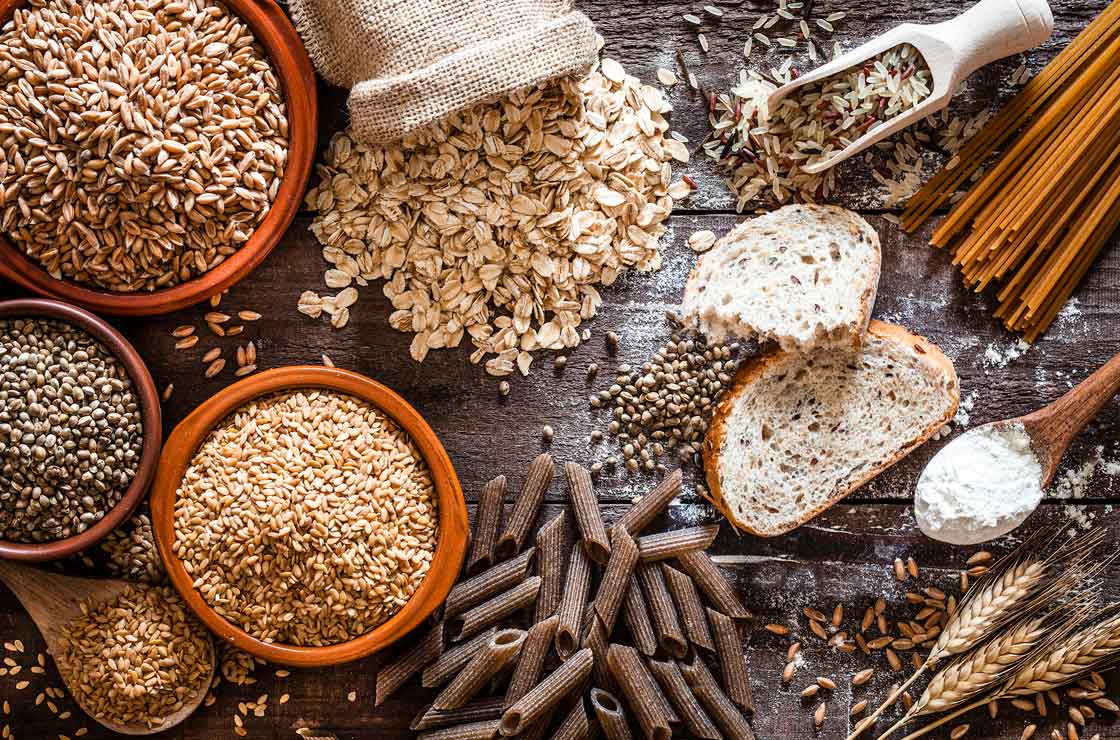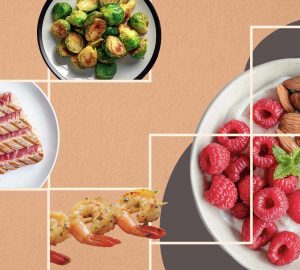Whole grains are an important part of the diet because they’re a good source of fiber, they’re known to lower the risk of heart disease, and they’re also an excellent source of vitamins. The right amount of whole grains depends on your age, caloric needs, and your gender, but at least half of the grains you consume should be whole grains. Incorporating more whole grains into your diet may seem like a challenge at first but it’ll eventually become easier the more you do it.
Make Gradual Changes
It’s okay to start slow and make gradual changes at first. You’re not required to automatically start consuming exactly what you need the day you decide to make this change. With any type of dietary change, you should always start slow because you never know how your body is going to react. Eating more whole grains should be something you should do with your family, especially your children. It’s good to start teaching them healthy eating habits at a young age.
Switch from White to Wheat
No matter how old you are, you should pay attention to what you’re putting in your body. Senior citizens should aim to eat a well-balanced diet daily because it’ll have an effect on the way they feel. One way to incorporate more whole grains is making the switch from white to wheat. If you switch to the most inexpensive generic wheat products, you’ll likely end up hating it because they don’t taste very good. Try to focus on quality products that contain very few ingredients.
Snack on Healthier Options
There are many ready-to-go whole-grain snack options you can stock up on for when you feel like snacking. Some options to consider can include:
- Whole grain cereals
- Popcorn
- 100% whole wheat English muffins
- Cheesy oat crackers
- Soft-baked granola bars
- Whole-grain pretzels
- Whole-grain crackers
- Chia seeds
You can also choose to bake your own whole grain goodies. You’ll want to choose whole-grain flour for your pancakes, muffins, scones, and cookies. You can make gradual changes to the way you bake, starting with very small amounts of whole grains and adding more as time passes, once you start getting used to it.
Check the Labels
When you make any dietary change, you should take some time to understand how to properly read nutrition labels. They’ll be your deciding factor if something is 100% whole grain or not. There are many foods that you may think are whole grain, but they actually aren’t. You’ll want to pay attention to the foods that are naturally whole grains such as brown and wild rice and popcorn. You’ll also want to focus on labels that say 100-percent whole wheat. Avoid products that include 100-percent wheat, multi-grain, contains whole grain, 7 grains, cracked wheat, and bran, because these are not whole grain.
Try New Things
Changing up your diet means you’ll be eating things you probably didn’t consume before. When you’re on the path to having a healthier diet, you shouldn’t be afraid to try new things. This should be a new adventure for you to find healthier options you’ll actually enjoy eating. A diet rich in whole grains has so many health benefits including lowering your total cholesterol and insulin levels. Some of the healthiest whole grains you should consider trying include whole wheat, whole oats, brown rice, whole rye, freekeh, whole-grain barley, bulgar, buckwheat, and quinoa.
Regardless of your age or gender, you should make it a priority to focus on improving your diet. Always start with slow changes, and ask your doctor any questions you have to find out what’s best for you.








